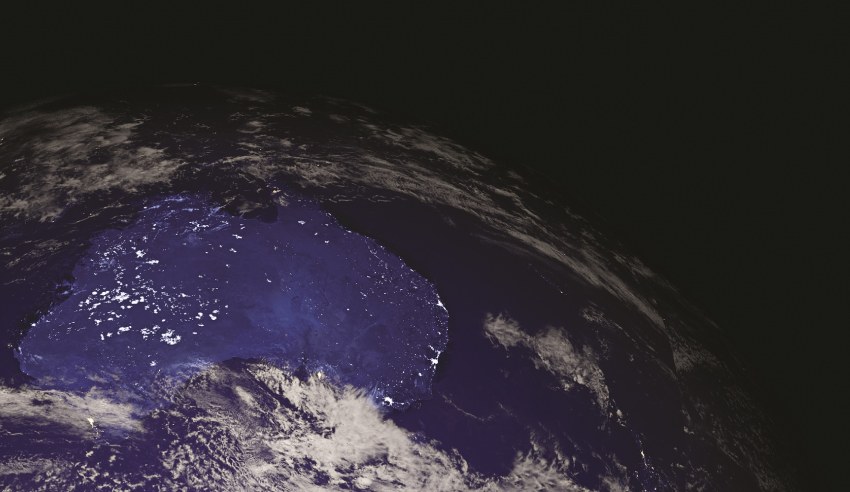That rocket, launched at Woomera on 29 November 1967, placed Australia’s own satellite called WRESAT – Weapons Research Establishment Satellite – in orbit and that made us the seventh nation to launch a satellite and just the fourth country to launch its own satellite from its own territory.
The others were the US, Russia and France, so Australia was in exalted company.
WRESAT completed 642 orbits, transmitting data on the upper atmosphere for the first 73, before re-entering the atmosphere and burning up in January 1968.
The US Apollo moon program was then under way and such was the interest in space that the WRESAT prototype was displayed in Parliament House, Canberra, and again at the 1968 London Trade Fair.
With this achievement, culmination of a decade in which Australia had become a significant space nation, our future in space seemed assured. Unfortunately, the outcome was not that much.
This was the era when space was the domain of national governments with vast budgets and successive Australian governments baulked at even a modest investment to cement the very significant advantage Australia had gained through hosting other people’s space programs.
Only in July 2018 was the Australian Space Agency formed with the explicit objective of turning Australia into a space nation.
WRESAT came about because Woomera had served as a useful site for missile and rocket trials by the US and UK, initially for development of weapon systems. Hence the involvement of the Australian Weapons Research Establishment.
That started in the early 1950s and included scientific research using sounding rockets.
Subsequently, the European Launcher Development Organisation – a forerunner to the European Space Agency – became involved, making Woomera a very busy launch site indeed.
WRESAT was possible because the US had a spare Redstone rocket that they offered to Australia for a satellite launch.
The satellite itself was developed by the Weapons Research Establishment in conjunction with the University of Adelaide.
That data was presented to the Committee on Space Research and the UN Conference on the Exploration and the Peaceful uses of Outer Space.
Historian of Australian defence science John Wisdom said the store of knowledge on the atmospheric layers surrounding the Earth and occurrence of solar radiation was significantly increased as a result of WRESAT.

